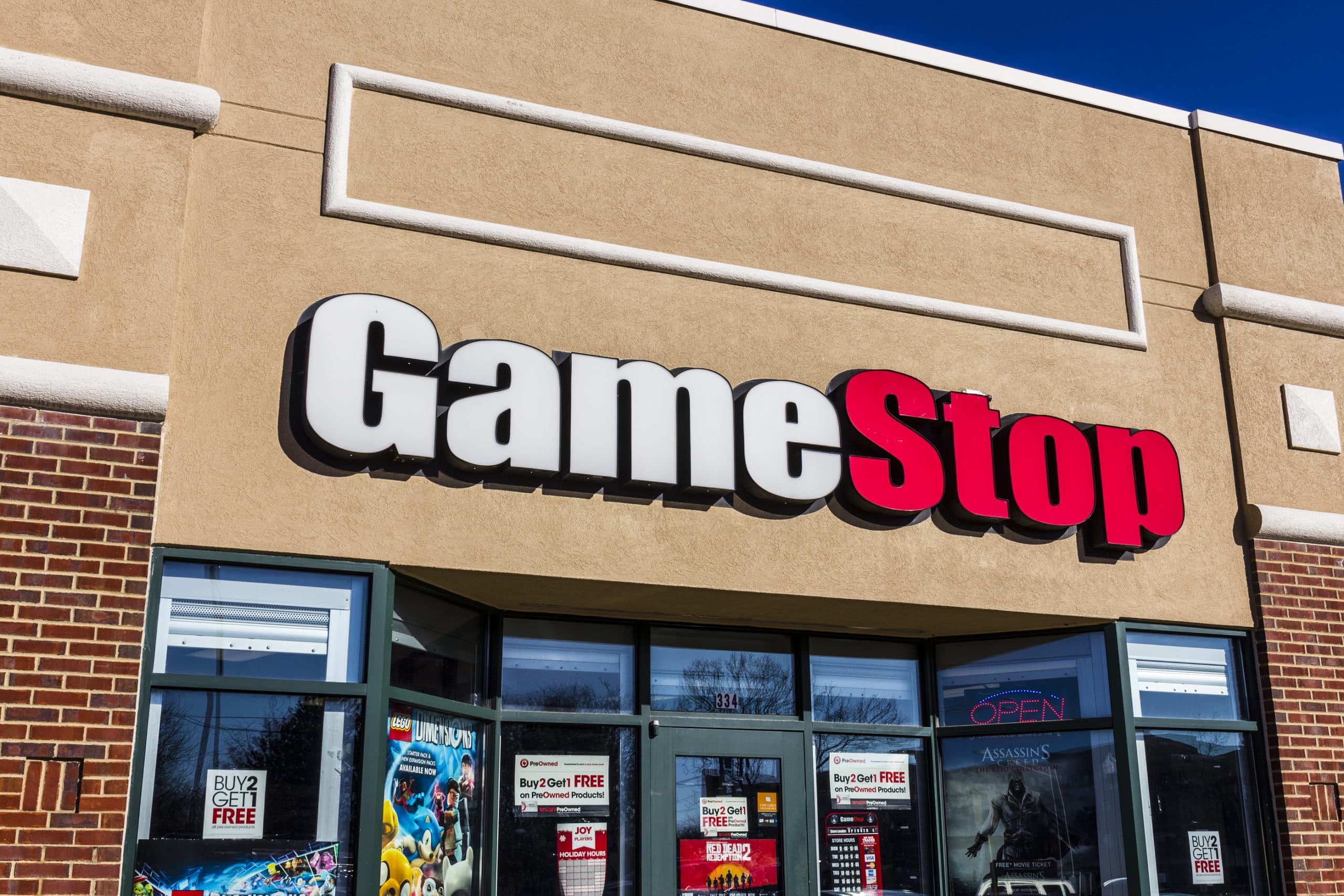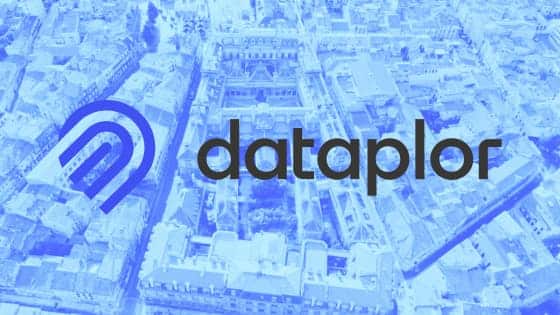One of the emerging “wild cards” for local marketing is Pokémon Go. Beyond its still-booming in-app-purchases model, it’s showing interest in tapping the long tail of SMB advertising. This plays out through organic in-game elements that send hordes of players to a given location.
As we examined earlier this year, this takes place through a new program that lets local businesses — SMB or otherwise — pay to designate their locations as gyms and Pokéstops. These are the physical-world waypoints where in-game activity occurs (think: gathering game elements or up-leveling).
The result is real-world foot traffic that’s driven by in-game mechanics. This can be a unique opportunity for local businesses in that it’s so nascent and competitors haven’t yet caught on. And it’s particularly fitting for QSR, coffee (refuel for gameplay), or demographically-aligned products.
Reverse the Trend
In the latter category of contextually-relevant local businesses, GameStop has recently started working with Pokémon Go in the above ways. The multi-location brand’s products have demographic and psychographic alignment with Pokémon Go players, who tend to be young to middle-aged gamers.
Specifically, a four-month campaign starting last month designates 500 GameStop stores as Pokéstops. It’s too early to tell if it’s working but Niantic has shown in other cases that the program boosts foot traffic. CEO John Hanke (Google Earth Founder) positions it as the “anti-Amazon.”
As for the elephant in the room — ahem, a global pandemic — Niantic has been on top it. In fact, it’s demonstrated more attention and ingenuity than most in pivoting its UX to Covid-era realities (notable for a physical-world game). This includes revamping game mechanics for socially-distanced play.
As it relates to its SMB marketing — and GameStop’s campaign in particular — Niantic has amped up in-game communications to stress partners’ business protocols (think: mask policies). If anything, Covid-19 could end up driving more companies to boost waning holiday foot traffic in these ways.
GameStop is particularly motivated to do so, given sales declines. It reported a 13 percent year-over-year drop in same-store sales and a 27 percent drop in net sales in Q3. This was offset to some degree by 800 percent eCommerce growth but it’s still driven to reverse its foot-traffic declines.

Shiny Objects
Though GameStop is a chain, it signals opportunities that are equally available to SMBs. Like several other forms of emerging martech that have come before this, it often starts at the brand level before moving down-market to SMBs. That’s partly due to brands’ savvy and dedicated marketing resources.
As for the game itself, Pokémon Go is booming as noted, despite the tech press moving on to other shiny objects. This signals that it still could be a worthwhile marketing vehicle for local businesses. It doesn’t apply to all verticals, but should be considered for some of the categories above, like QSR.
Stepping back, Pokémon Go is often considered to be augmented reality. Indeed, digital overlays on the real world when catching Pokemon is AR (though there’s some debate). But on another level, driving real-world behavior through mobile gaming is a more meaningful form of digital-physical fusion.




